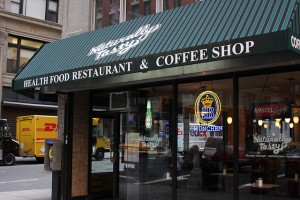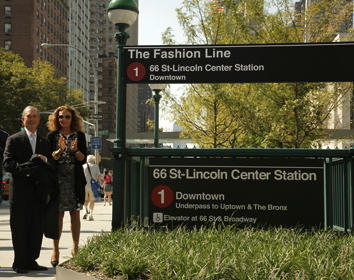Are textbooks and squeegees the key to NYC’s economic future?
As New York City’s unemployment rate holds steady at nearly 9 percent, the city is making a grab for any project that could bring jobs to its increasingly hopeless residents – no matter how niche or obscure.
That’s the driving force for a new deal between the city and Pearson PLC, the British education and publishing giant that also – in a small twist of ironic fate – owns the Financial Times. Pearson will be putting down roots on Hudson Street, bringing an estimated 628 jobs to NYC. (Never mind that the building renovation alone will cost almost $135 million before those jobs ever even materialize.)
See Mayor Michael Bloomberg announce the Pearson deal here.
But some New Yorkers aren’t waiting around for the city’s fancy plans to come to fruition. The Daily News recently reported on the reappearance of so-called “squeegee men” in the city – guys who wander through traffic with a bucket of water and a squeegee, offering to clean car windows for a buck or two. It’s a job that had virtually disappeared since the early ‘90s – the last time city unemployment was as high as it is now.
Another city jobs plan that may not pan out so well: The upcoming “Wal-Martization” of NYC. New numbers show that if Wal-Mart reaches the same market share – 21 percent – in New York City that it has in the rest of the country, the city will lose nearly 4,000 jobs and more than 100 smaller local businesses. Maybe Wal-Mart doesn’t really have everything New Yorkers need.
But what, then, do New Yorkers need? What industry (or industries) holds the answer to the city’s unemployment crisis?






